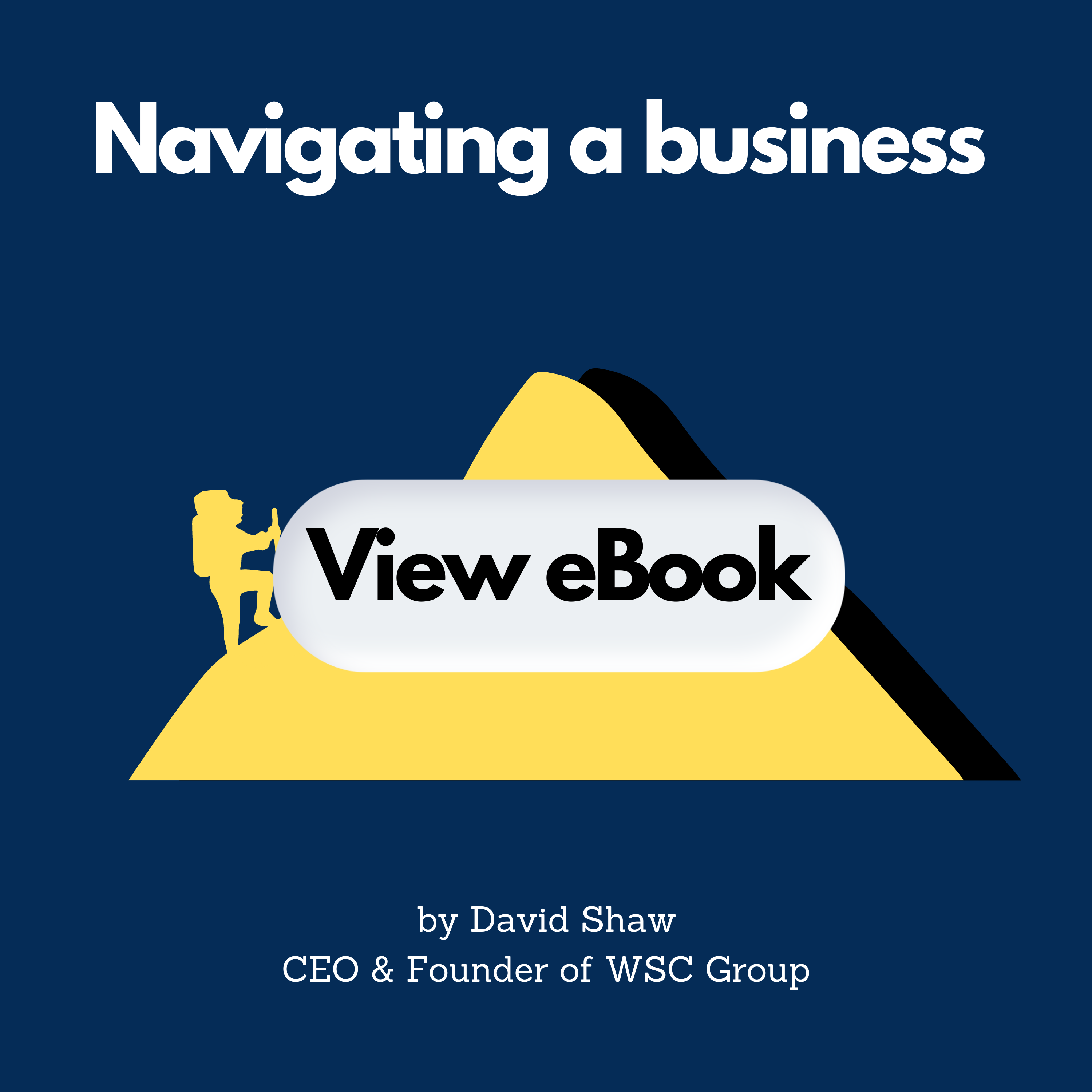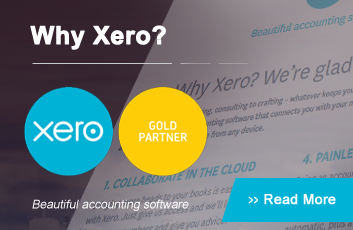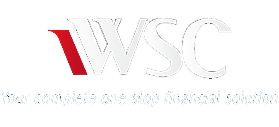The end of the Fringe Benefits Tax (FBT) year often catches small businesses off guard, as it differs from the usual financial year. The FBT year runs from 1 April to 31 March, and all FBT returns must be submitted by 21 May if you are lodging yourself or by 25th June if you lodge electronically through via a Tax Agent.
The Australian Taxation Office (ATO) defines a 'fringe benefit' as any benefit provided to an employee outside of their salary. This can also include the private use of business assets by a business owner.
Fringe benefits are not considered actual salary and wages or other items necessary for a person to perform their job. Examples include allowing employees to use company cars for private purposes, providing sporting tickets, health insurance, or an annual gym membership as part of a remuneration package.
FBT can also apply to rewards such as entertainment or meal vouchers.
How is FBT Calculated?
FBT is calculated on the 'taxable value' of a fringe benefit. This can be complex if one is not familiar with ATO systems and requirements. The expense can be "grossed up" to represent the value of the gift or asset provided in pre-tax dollars.
The ATO provides various methods for accountants to calculate the actual fringe benefit tax amount to be paid. It is crucial for your accountant to have all the necessary information to minimise the impact on you.
If the total taxable value of the fringe benefits provided to an employee in an FBT year exceeds $2,000, employees must report the amount to the ATO. Employers are responsible for ensuring their employees have the correct information to report to the ATO in their PAYG summaries via Single Touch Payroll.
Superannuation contributions are exempt from FBT.
It is also important to consider whether the FBT benefit is appropriate for your business. For instance, when a husband and wife work together, there are considerations around whether it is better for the business to provide the car (and pay the FBT) or if it is more advantageous to keep the car ownership personal. This depends on individual circumstances and whether the benefit provided is also used for business purposes.
Why Are More Businesses Preparing FBT Returns?
In recent years, the employment market has become increasingly competitive, prompting a growing number of businesses to offer additional perks beyond basic remuneration to retain employees. Concurrently, the Australian Taxation Office (ATO) has gained access to more comprehensive information regarding the types of assets owned by businesses and their general spending patterns. Consequently, the likelihood of the ATO inquiring about the private use of motor vehicles and other expenses has increased.
Given these circumstances, many businesses and accountants now consider the process of lodging an annual Fringe Benefits Tax (FBT) return and reviewing the benefits provided to employees as a prudent practice.
Best Practice Record-Keeping
Australia has one of the most complicated tax systems in the world, and FBT is no exception. It can be challenging and time-consuming to gather information, particularly if you are not using a system such as Xero, MYOB, or QuickBooks, which are designed to flag and collate information required for seamless reporting. These systems make accounting and reporting smoother throughout the year, especially during tax time.
While the ATO takes a fair view of genuine errors, mistakes can be costly. Full audits or meeting requests to address discrepancies with the tax office can be stressful and time-consuming.
It is advisable to seek professional advice from someone who understands the nuances of the legislation and will ensure that you meet your reporting obligations.
There is a wealth of information available on the ATO website. If you need assistance, please contact us.
The FBT lodgement deadline is as early as 21 May, so now is the time to get organised.













